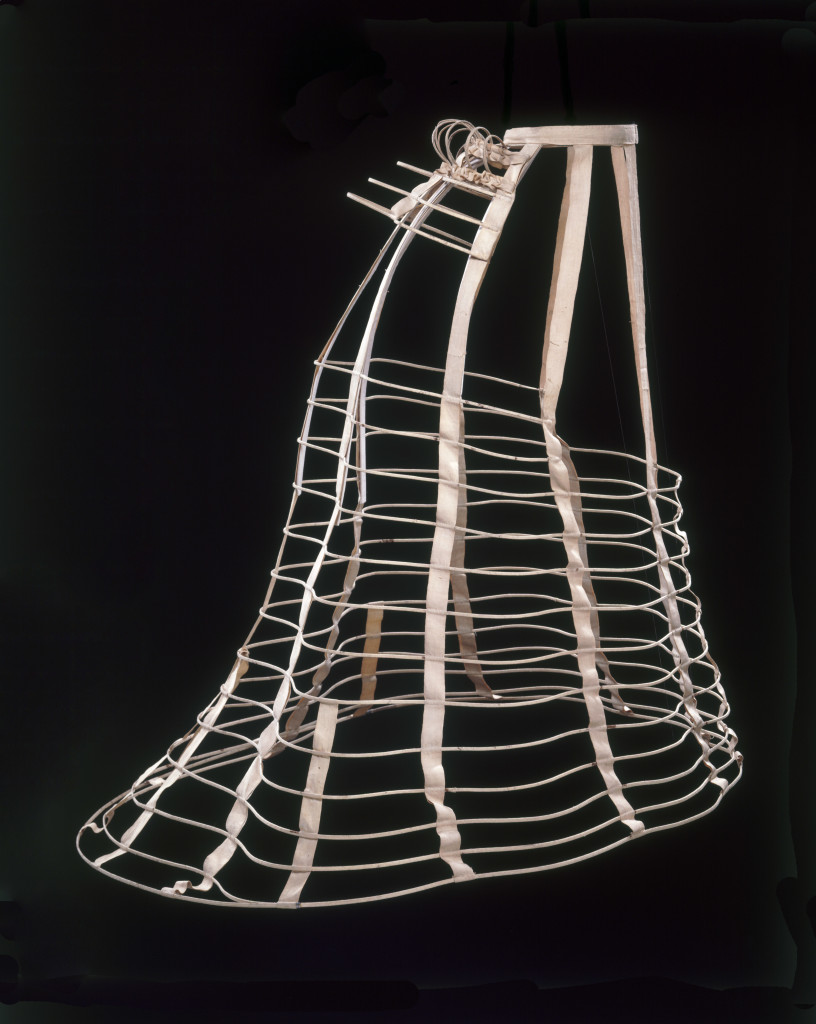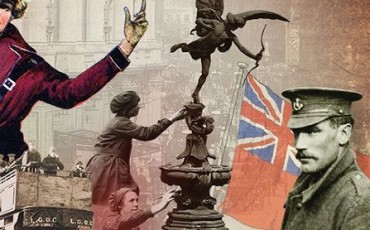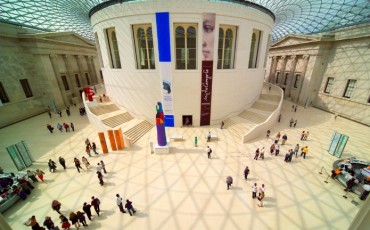The Undressed: A Brief History of Underwear exhibition launching at the Victoria & Albert Museum tells the story of underwear design from the 18th century to the present day. It explores the intimate relationship between underwear and fashion and its role in moulding the body to a fashionable ideal.
Underwear is sometimes controversial, sparking debates about health and hygiene, body image and stereotyping. Its cut, fit, fabric and decoration reflect changing attitudes to gender, sex and morality; shifting notions of public and private; and innovations in fabric technology and design. Underclothes have also influenced outerwear. Nightwear has morphed into loungewear and garments such as corsets, crinolines and slips have been recast by fashion designers to challenge convention and explore the dynamic relationship between body and clothing.

Model: Eniko Mihalik in ‘Tamila’ lingerie set from the Agent Provocateur Soirée collection, spring/summer 2015. Photo Credit: © Sebastian Faena via Victoria and Albert Museum, London.
This fascinating and thought-provoking story is told through over 200 objects. Garments designed for men and women are displayed alongside advertising material, fashion plates, photographs and films to bring new insights into the most personal garments in our wardrobe. The Undressed: A Brief History of Underwear exhibition at the Victoria & Albert Museum is on 16 April 2016 – 12 March 2017.

Cage crinoline, the ‘Princess Louise Jupon Patent’, c. 1871. Photo Credit: ©Victoria and Albert Museum, London.

Display figure and advertising card for Y-front pants, 1950s. Photo Credit: ©Victoria and Albert Museum, London.






